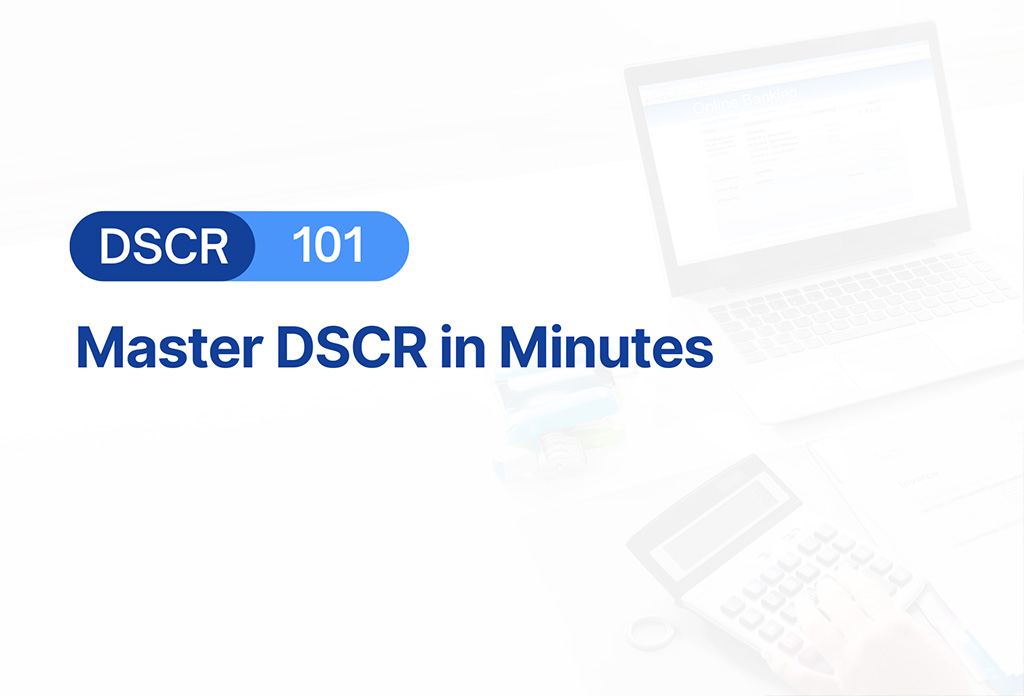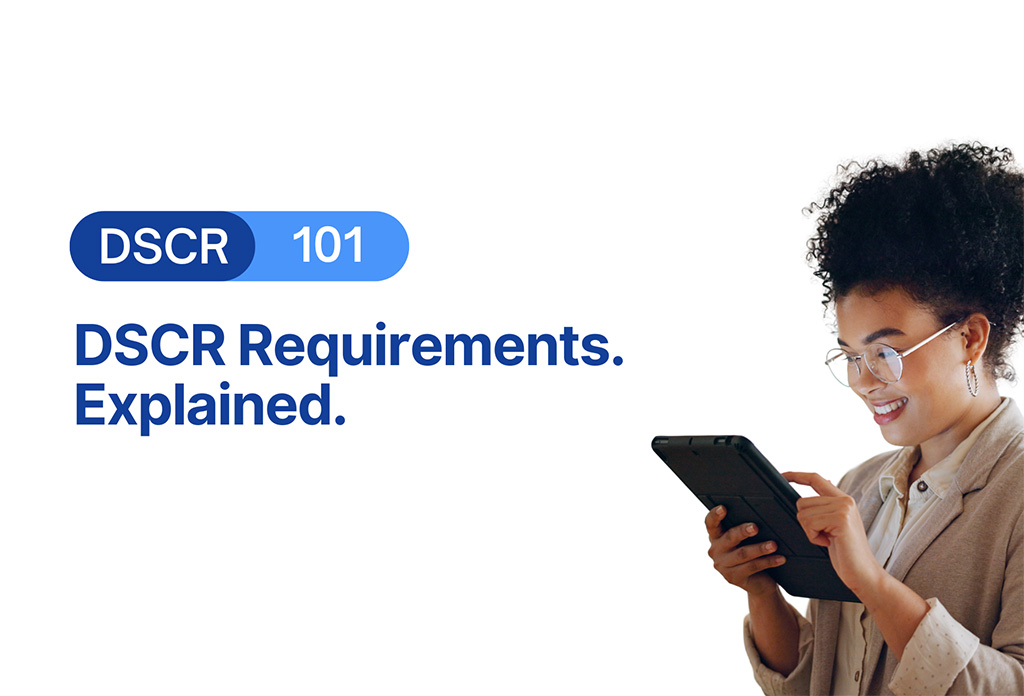Stop working files that will never be funded. Every unqualified lead that hits your desk costs you comp, not just time. If you spend just 30 minutes chasing a no‑go, you just pushed a real file to tomorrow. The fix is simple: run a 5‑minute checklist on every new inbound. The goal is not perfection. The goal is a fast, defensible yes/no so you only invest in files that can fund.
This isn't theory. It's a proven method to pre-screen opportunities and protect your calendar.
According to the Consumer Financial Protection Bureau, even when a loan is non-QM, the Ability-to-Repay rule still expects verified income, assets, debts, and credit history. This is why a fast pre-screen on credit, income, property, and funds saves you from chasing files that cannot move.
1. Know the Credit & Tradeline Basics
Before you even look at guidelines, ask:
- Does the borrower have a workable credit profile for non-QM?
- Are there at least 2-3 tradelines with a decent history or three credit scores present?
If the answer is no, you already know it's not a fit. Avoid wasting valuable time pursuing paperwork that won't result in a viable loan.
If you’re unsure, a soft-pull credit check can be a low-cost way to get answers without committing to a full hard inquiry. Many brokers use this as a quick gatekeeper step before moving forward.
2. Verify Real Income (Not Just What They "Say")
They tell you they make $250K a year. That’s great, until the bank statements show $2K monthly deposits.
Get a quick look at 3 months of deposits, or at least a recent 1099. If they can't send that, you shouldn't be investing your time.
The Consumer Financial Protection Bureau states, for self-employed borrowers, it is important to ask for a current profit and loss or a longer look back on statements. Regulators expect income to be verified with reasonably reliable third-party records, not just stated figures. Even in asset-depletion or bank statement programs, numbers need to make sense on paper. If deposits and claimed income don’t align, that’s a signal to pause before burning time on a deal that will hit a wall in underwriting.
3. Identify the Property Type and Occupancy
- Is it a condo with no reserves?
- Manufactured home?
- Is the borrower actually planning to rent out the property?
Certain property types are more complex or limited. Get this information upfront to avoid pitching a scenario that isn’t eligible.
Confirm early whether a condo project meets agency project eligibility. Projects with hotel-like features or weak financials can be flagged, which changes your options and timeline. Manufactured homes and certain project types carry extra requirements, so knowing this on the first call keeps you from quoting the wrong path, per the Freddie Mac Guide.
In competitive markets, finding out late that a property type is ineligible can cost you both the client and the referral relationship if expectations weren’t set early.
4. Check Equity or Down Payment
This one's simple: no contribution, no reason to move forward. Whether it's a cash-out refi or purchase, ask:
- What's the estimated value?
- What's the loan amount?
- How much are they bringing in?
If there’s no equity or available funds, it’s not a workable file.
It is also significant to run a quick LTV estimate. Freddie Mac states that higher LTVs trigger tighter restrictions across programs, and condo reviews come with specific LTV and delivery requirements. Meaningful equity or cash in makes the deal stronger.
5. Confirm Their Timeline and Intent
If they say "I'm just exploring" or "maybe next year," it's not a real deal yet. Real borrowers have urgency:
- They're under contract
- Their current rate is expiring
- They're ready to invest now
No urgency? Low priority.
Prioritize borrowers with a real trigger. A contract date or a rate change gives you the runway to structure and close, while “just looking” is one to check in on later, not something to start processing today.
The earlier you gauge their urgency, the better you can prioritize follow-ups and allocate time to deals that have a genuine chance at closing in your current month or quarter.
| MINUTE |
FOCUS |
KEY QUESTIONS |
ACTION / DECISION TRIGGER |
| 1 |
Timeline & Intent |
- Under contract?
- Rate expiring?
- Ready to write offer this month?
|
If “just exploring, ” tag as nurture and set check-in.
✅ Proceed if active;
❌ Nurture if not.
|
| 2 |
Funds to Close |
Purchase: Down payment + closing costs.
Refi: Value vs liens.
Quick LTV check.
|
❌ No meaningful funds/equity = stop.
⚠ High LTV = tighter restrictions (esp. condos).
|
| 3 |
Credit Signal |
- Any recent lates, open BK, or unpaid housing judgments?
- Tradeline depth & score range.
|
❌ Multiple lates or thin file = stop.
Request soft pull if unclear.
|
| 4 |
Income Fit for Non-QM |
DSCR: Rent vs PITI.
Bank Statement: Avg deposits.
P&L Only: P&L from the accountant.
Foreign National: Passport, seasoned funds.
|
❌ Multiple lates or thin file = stop.
Request soft pull if unclear.
|
| 5 |
Property & Occupancy |
- SFR, condo, 2–4 unit, manufactured.
- Primary, second home, investment.
|
⚠ High-friction (condotels, manufactured) may require special programs & lower LTVs.
|
Focus on What Closes
This checklist helps you make fast decisions. No second-guessing. No wasted time. Just a quick filter to stay focused on borrowers who are actually ready and qualified.
Brokers who stick to this approach often close more deals in less time because they’ve eliminated the “let’s hope and see” files that waste resources and never make it to the closing table.


.png)
.png)









.png)
.png)



.png)












.png)
.png)

